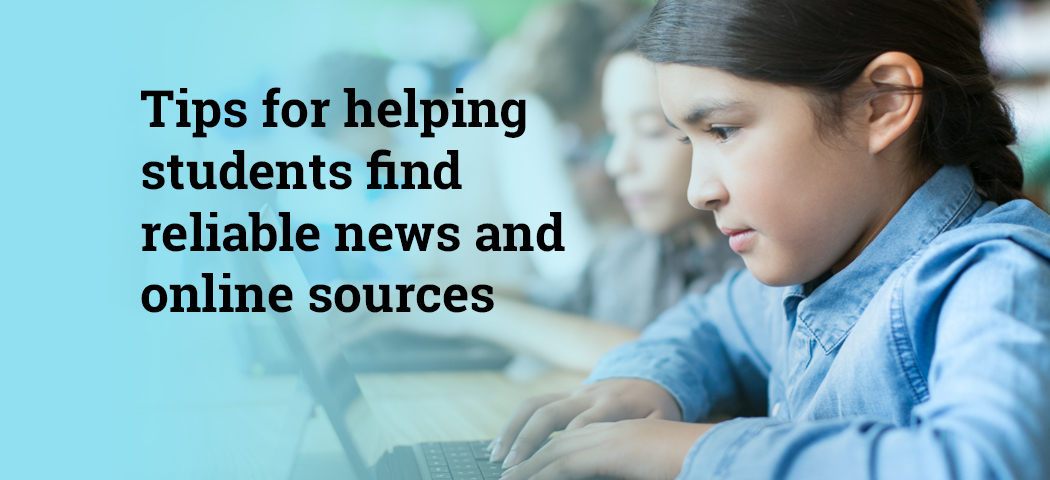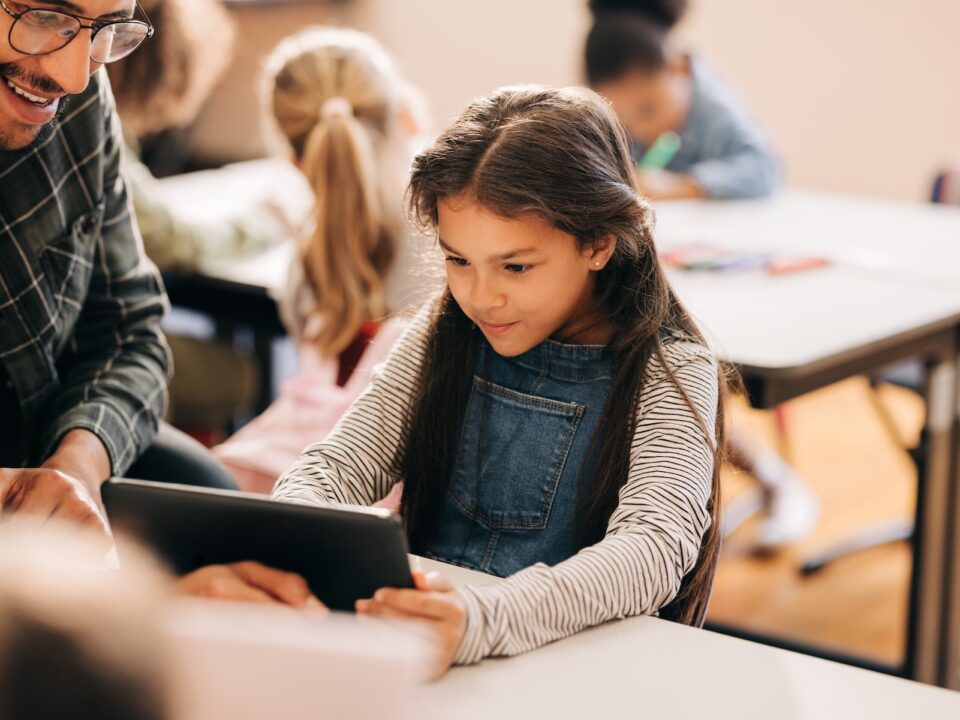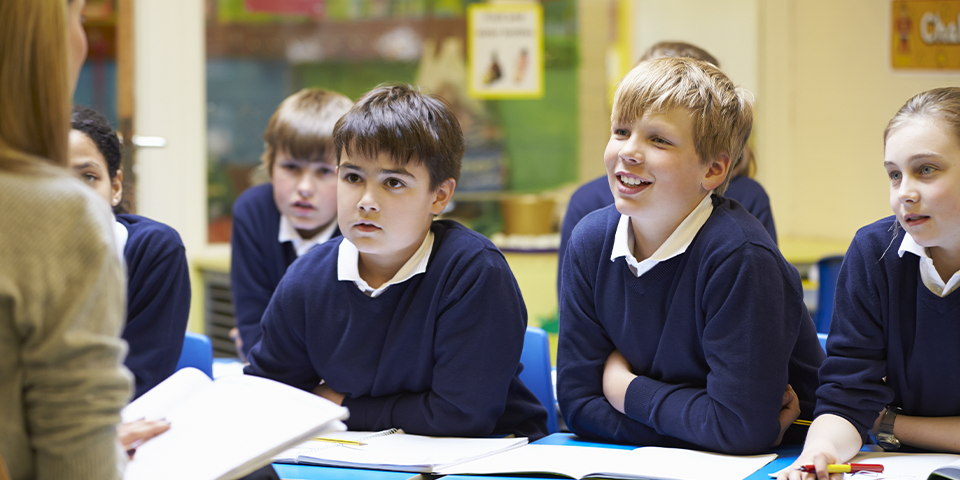- Sales & Support
- +61 2 4225 9698
- [email protected]

What is Lexile® Framework?
August 30, 2018
What does Student Growth Percentile do?
September 17, 2018Tips for helping students find reliable news and online sources

By: Team Renaissance USA
In a world of constant notifications, tweets, and status updates, we have access to more content than ever before. With a 24/7 media cycle, there’s more and more content being pumped out—some of it great, some of it…not so much. Our phones, tablets, and devices make this stream of content the focus of our attention with pings and “BREAKING NEWS” flashing across the top of our screens. But wait, all of this content means we’re more informed, right?
Well…
Yes and no. Some of this content could be classified as “fake news”. And while it’s hard enough for adults to distinguish between reliable news and fake news, it’s even more difficult for children to tell the difference.
Facebook’s struggle with fake news made headlines in 2017, and the platform admitted it struggles with weeding out a lot of its fake news. (In fact, Facebook is having scientists look at its private servers to combat the issue.) And while some might not consider this a big deal, more people around the world are getting their news from social media than ever before. The number is even higher for children. For example, according to a study by the Pew Research Center, two-thirds (67%) of Americans report that they get at least some of their news on social media.
How can we fight unreliable sources and ensure students can tell the difference?
1. Encourage students to ask questions
While it’s absolutely fine to get updates from social media, it’s important that we encourage students to not assume everything is factual, reliable, and trustworthy. How do we do this? Have students look over a few online articles. Who’s the author? Is it a paid article or ad? Does it mention something about being sponsored content? Is it from another source? Asking these sort of questions will help students build critical-thinking skills.
2. Help students collect multiple sources
As media literacy expert Michelle Ciulla Lipkin notes in a recent post about media literacy, “Backing up a source by comparing the information on several different media networks is always a good idea.” Depending on where a piece of content comes from, an article on a topic could be very different than one about the same thing from a different source. Encourage students to compare and contrast different sources. What’s different? The same? Does one seem more negative? Encourage them to read several articles about the same topic. Reinforce the fact that personal bias exists, but as long as we’re aware, that’s okay.
3. Teach students to scan, scan, and scan
With trustworthy content, it should be easy to spot authors, publication dates, and brief information about the publisher itself. In addition, quotes and other sources referenced should be recognisable. Now, take a look at some questionable sources. Are things missing or hard to find? Does the author not quote sources or seem one-sided? If so, it might not be the best piece of content. Another giveaway? The headline. If it seems outrageous and uses multiple question marks or exclamation points, it might be best to look elsewhere. Often, unreliable sources will attempt to grab attention through outrageous headlines and claims. This leads to ad revenue, and sometimes, fake news is created just for that!
4. Promote working together with others
Unreliable sources are all over. Yet, when students help other students identify reliable sources of information, it helps them learn the differences and where to search next time. A possible exercise? Have students list the things to look for when determining if a source is reliable, then have them list some tip-offs that might make something unreliable. Eventually, these giveaways will stick with students as they absorb content outside of school.
There’s no question that our world is saturated with content—some of it great, some of it not so much. The trick is navigating all of this content and getting to the good stuff. Renaissance myON News™, powered by News-O-Matic, helps students do just that. Articles are written by professional journalists and reviewed by a child psychologist for age-appropriateness. Every article is written at three Lexile® levels, with audio supports and engaging multimedia to further student understanding. Now, more than ever, it’s important that we help students develop the skills needed to differentiate between reliable and unreliable sources.
To learn more about myON News, powered by News-O-Matic, click the button below.
Sources
Chokshi, N. (2017). How to Fight ‘Fake News’ (Warning: It Isn’t Easy). New York Times. Retrieved from https://www.nytimes.com/2017/09/18/business/media/fight-fake-news.html
Shearer, S. & Gottfried, J. (2017). News Use Across Social Media Platforms 2017. Pew Research Center. Retrieved from http://www.journalism.org/2017/09/07/news-use-across-social-media-platforms-2017/



